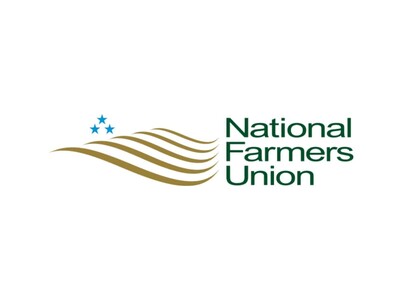Using Artificial Intelligence to Protect Bees
Researchers on the west coast put the power of artificial intelligence to good use to protect bees from pesticides.Oregon State University’s College of Engineering Assistant Professor Cory Simon says although pesticides are beneficial for increasing crop yield and quality…
“But they can also inadvertently harm off-target species like bees, wild bees, and honeybees. Those are really important for pollination, as we know. And the other factor is that, eventually, pests evolve resistance to pesticides, so new pesticides are going to be continually developed. And we need to predict if the newly proposed pesticides are going to be toxic to bees.”
Which motivated the OSU engineering research team to explore other options.
“And so, we built a computational model that essentially looks at a pesticide molecule, a new pesticide, and it predicts whether or not that’s going to be toxic to bees.”
Which, he says, begs the question…
“And so, how do we achieve that? We use machine learning, also known as Artificial Intelligence. And we relied on a data set of more than 350 examples of pesticide molecules. They were actually exposed to honey bees in honey bee toxicity experiments.”
This process helps the machine learn enough information to associate patterns with toxicity.
Just this year, UC Riverside surveyors were unable to locate The Western Bumble bee, a once-common bee in California.
















